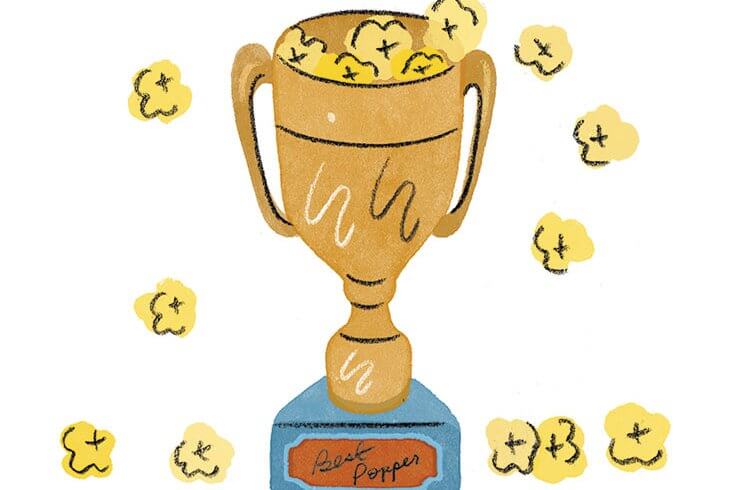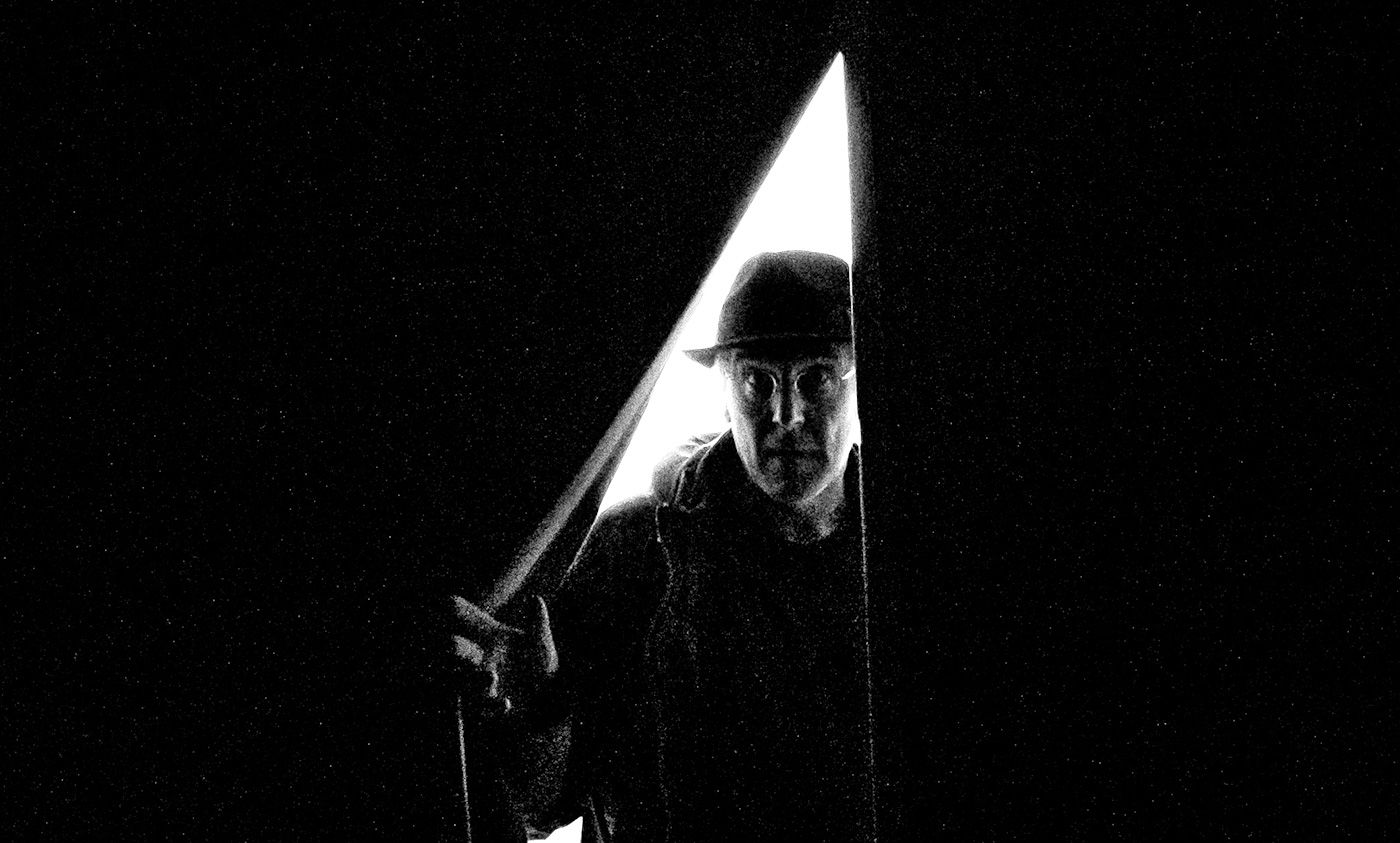Abstract
Humanity is facing multiple possible apocalypses, with narratives that often miss an important point: The apocalypse probably won’t be quick or final. It will be an environment, not an event or an end point for humanity. The apocalypse is more likely to bring misery than catharsis or salvation. Although worst-case scenarios theoretically make it easier to prevent dire outcomes, in the case of slow-moving apocalypses such as climate change, it’s difficult for humans to envision the scale of the problem and to imagine how we will actually experience it.
It’s not fun to be a futurist these days. The role of a foresight specialist is to keep tabs on global trends in fields such as technology, politics, and environmental science – and to imagine how they might interact to bring about future changes. It’s not about making predictions; it’s about illuminating the various possible consequences of the choices humans make today. Sadly, a growing number of those possible consequences are awful. One could even call them apocalyptic.
Humanity seems to be suffering from a horrible luxury of potential apocalypses at the moment. If nuclear warfare, accelerated climate disruption, and pandemic disease don’t wipe us out, we have a variety of less likely but still quite deadly natural events (from asteroid impacts to supervolcanoes) and human-engineered technological cataclysms (be they nanotech-, biotech-, or artificial-intelligence-delivered) waiting in the wings to do us in. If we’re really unlucky, it might turn out that the entire universe is in an unstable energy state known as a “false vacuum,” which could decay at any moment. The universe as we know it would blink out of existence in a sudden, irreversible, and rather esoteric end of everything.
Perhaps an even more horrible reality is this: False vacuum decay aside, few of the ways the world could end would be abrupt and final. Instead, most would be miserable, protracted collapses, with dwindling numbers of people simply trying to grapple with the basic needs of existence. The apocalypse isn’t an event; it’s an environment.
As such, any real apocalypse would be complex, with most being the emergent result of bad decisions, ineffective institutions, and an utter inability to think through long-term consequences. These kinds of systemic problems may not necessarily be obvious. We can make all sorts of improvements to global lifestyles, healthcare, and political stability and still fall victim to the failure of our underlying political, economic, and social structures to be prepared for the deep tangles of collapse.
Apocalypse stories
No matter its complexity, the apocalypse holds an important place in the broader cultural mythos. Writers of both fiction and commentary talk about “end times” and “minutes to midnight.” Clearly, the concept of an “apocalypse” is a useful metaphorical and narrative device. It focuses one’s attention on a particular problem. It clarifies the consequences of a failure to address said problem. It delivers a final statement on our fate.
If only.
In the real world, few of the kinds of events we label “apocalyptic” would be clear or final. If the initial signs of an apocalyptic cataclysm are in the slightest way ambiguous, people will argue and debate the reality of the situation and the utility of proposed solutions, increasing the confusion even while the world falls apart. There’s no question that the wealthy and powerful have ways to mitigate some of the worst consequences of a disaster. In any case, extinction can take a while; even the death of the dinosaurs happened over the course of months (Brugger, Feulner, and Petri
2016). For numerous reasons, “the apocalypse” is not likely to be an immediate off-switch for humanity.
Still, there is narrative value in stories of abrupt change: They let us imagine getting rid of the old ways of life. A violent end is a useful tool for paring away the messy details of day-to-day existence. An onrushing apocalypse renders irrelevant anything that isn’t directly related to the cataclysm, sweeping away all that is superficial, leaving only the raw need to survive. The protagonists of an apocalyptic story can act with absolute certainty.
It’s not just the explicitly fictional stories of the end of days that embrace sudden transformation. The immediacy of change is at the heart of how most people envision the coming of a new era. Think of the Rapture, or the Revolution, or the Singularity. In each case, a shattering, all-encompassing transformation swiftly gives us an entirely new paradigm for humanity.
Sometimes apocalypse stories have a normative twist. The apocalypse isn’t merely a crisis; it’s a
lesson to be laid upon the doubters, the powerful, the people who think the wrong way.
They didn’t listen, and now they’re paying the price. This plague, this war, this uplifting of a subset of humanity into the (heavenly or digital) cloud will show these fools that they chose the wrong path. If only they had listened to us.
We tell stories of the end of the world for catharsis, for validation, or even as promise of a reward at the end of one’s life. The apocalypse is the final moment of the old world, and potentially the onset of the new. Unfortunately, most of the stories we tell about the end of the world don’t line up well with a more realistic and complete understanding of what apocalyptic events would entail. The ones that do – the 1959 film
On the Beach comes to mind – offer no catharsis, no validation, no promise of anything but sadness.
Implications of slow-moving apocalypse
If the apocalypse is going to be a drawn-out affair, what does that imply?
The first implication is that we may not notice that the apocalypse has begun until we’re well within it. This doesn’t apply to all possible forms an apocalypse might take, of course; it’s easy to notice a global thermonuclear exchange once it’s underway. But for some crises, we could pass a point of no return well before the symptoms become evident and inescapable. This is a particularly acute problem for climate disruption, due to what’s known as “hysteresis” – a significant lag between a cause and its physical effects.
There’s a 25- to 50-year lag between the emission of atmospheric carbon and its persistent impact on temperature. This means the environmental disruption attributable to global warming we’re seeing now is the result of carbon emissions up through the 1980s. It also means we could cut off
all carbon emissions today, globally, and still see another generation of warming. Beyond the environmental, economic, and human consequences, imagine the political impact of taking bold action that produces no observable benefits for 20 years, or even longer.
 Monkey and human children alike use “whining to bridge a gap with an adult,” said Dr. Sokol-Chang — which is to say, they’re whining to get your attention, and fast. Babies may develop a whiny type of cry as early as 10 months, but full-blown whining doesn’t pick up until they learn to speak, Dr. Sokol-Chang said. Though whining typically peaks in toddlerhood and decreases with age, “I’m not sure it really goes away,” she said, pointing out that adults even whine to their partners.
Monkey and human children alike use “whining to bridge a gap with an adult,” said Dr. Sokol-Chang — which is to say, they’re whining to get your attention, and fast. Babies may develop a whiny type of cry as early as 10 months, but full-blown whining doesn’t pick up until they learn to speak, Dr. Sokol-Chang said. Though whining typically peaks in toddlerhood and decreases with age, “I’m not sure it really goes away,” she said, pointing out that adults even whine to their partners.
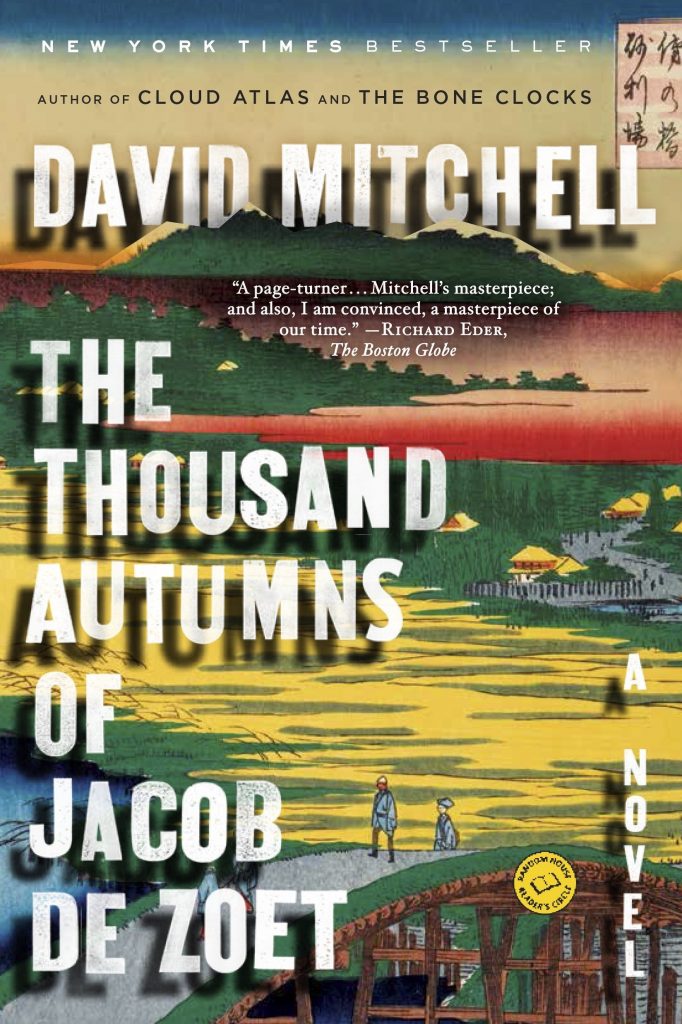
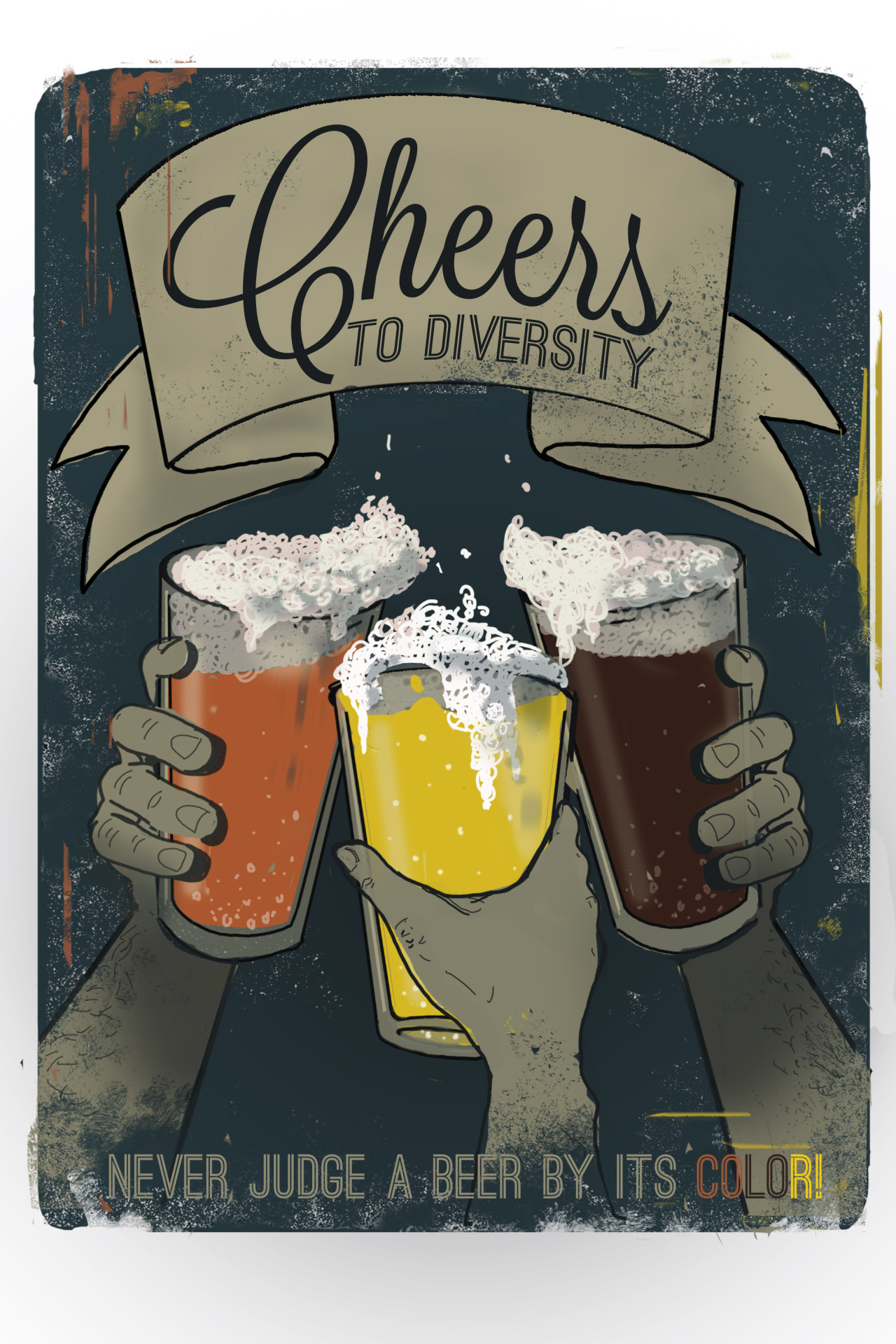
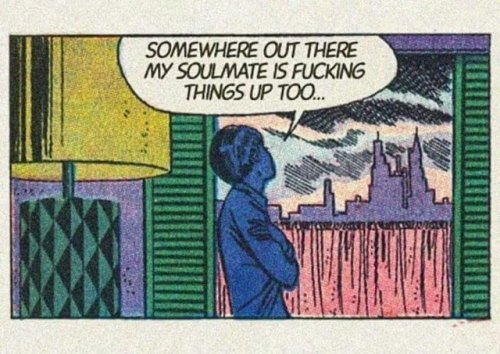
:no_upscale()/cdn.vox-cdn.com/uploads/chorus_asset/file/19397120/amarcovici_191005_3696_0010.0.jpg)




